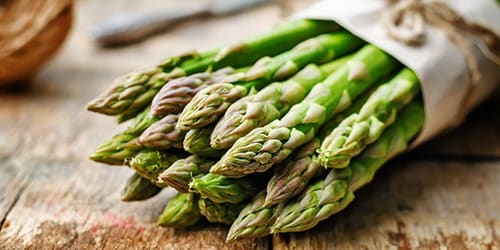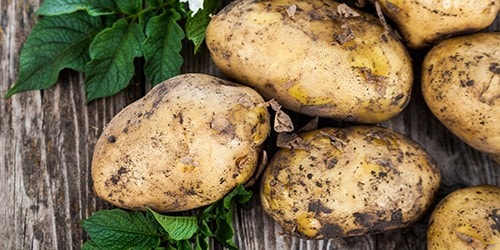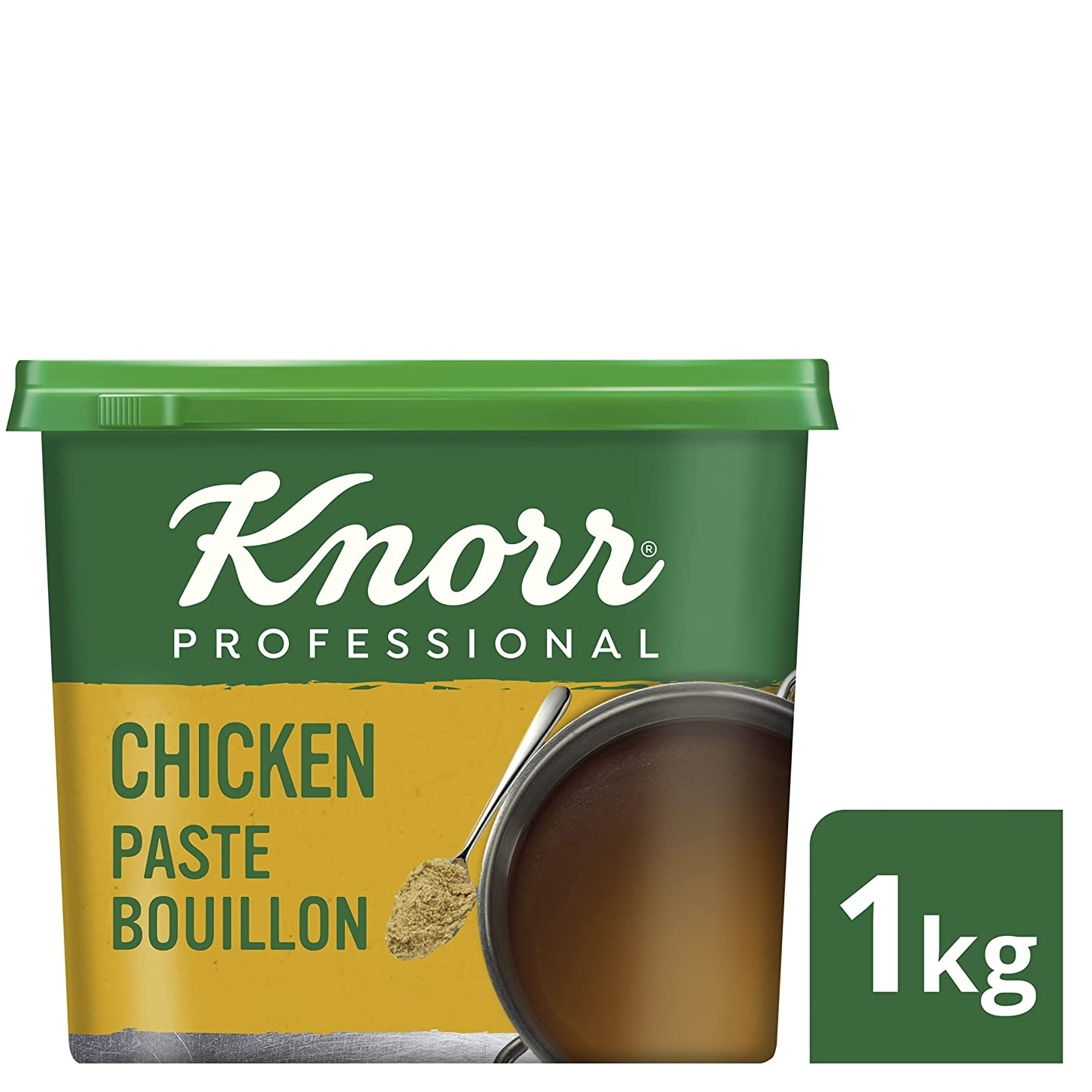
Seasonal in April
British Produce


Imported Produce


Fruit and Vegetables
Vegetables

ASPARAGUS:
At its best: March to June
The flavour of asparagus depends on its colour: while green and white have a subtle sweet-bitter and earthy-grass taste, purple asparagus tastes sweeter and wild asparagus has a more delicate flavour. Asparagus can be eaten raw or cooked and goes great with a squeeze of lemon or fried in some butter. The bigger the spears, the more tender they taste, but be careful not to cook them for too long or they will lose their flavour and become limp.
Chef Suggestions: When cooking asparagus, it can be best enjoyed blanched, grilled or sauteed.
We recommend: Simply prepare your asparagus with poached eggs and hollandaise for a classic brunch dish.
Flavour pairings: Hollandaise, lemon, eggs, shellfish, truffle, and firm white fish.

JERSEY ROYAL POTATOES:
At its best: April to July
These sweet, nutty potatoes are delicious and high in vitamin C. Unlike most other potatoes, for that ultimate earthy flavour, it’s best to leave their flaky skins on. The most traditional way to cook Jersey Royals is to boil them and add lots of butter, salt, crushed garlic and thyme. They’re a go-to for summer recipes like salads and BBQ spreads.
Chef Suggestions: The classic Jersey Royal is best kept simple.
We recommend: Jersey royals lightly boiled or ideal for quick roasting.
Flavour pairings: Mint, butter, seafood, caviar, dill, olive, parsley, pea, oily fish, and horseradish.
Fruit

Rhubarb:
At its best: April – September
While commonly thought of as a fruit, rhubarb is a vegetable, with its thick stalks treated as fruit despite its tart taste. Originally native to Siberia, the UK grows some brilliant crops, which can be separated into two main types. Forced rhubarb, traditionally grown in the 'Rhubarb Triangle' region of Yorkshire, is an engineered crop aimed at fulfilling a seasonal gap. It’s grown in the dark from seasoned outdoor roots, resulting in tender stalks that are less sharp in taste but still display a fantastic pink colour. The maincrop rhubarb is grown later outdoors once the weather gets warmer. It has deeper red stalks with green tinges, a firmer texture, and an intense sharp flavour. The leaves are best avoided as they contain very high concentrations of oxalic acid and are poisonous if consumed in large quantities.
Chef Suggestions: Rhubarb can be prepared in a variety of ways, adding sugar helps to balance the tartness. It’s important to treat rhubarb with care during cooking to preserve its wonderful shape and structure. It can be roasted, cooked sous-vide or made into chutneys. It can also be pureed for smoothies, added to cocktails, and used to make sauces or chutneys for savoury dishes. Another tasty option is to roast rhubarb and incorporate it into salads with walnuts and goat cheese.
We recommend: If you are using maincrop rhubarb, you may find that it has tough, stringy ribs. In this case, wash it and remove the ribs with a small, sharp knife before slicing it as thin or thick as needed. On the other hand, forced rhubarb is usually tender and does not require peeling. Just wash it, trim the top and bottom of the stalks, and slice it. Choose rhubarb stalks that are firm, crisp, and plump with vibrant leaves and good colour.
Flavour profile: Tart and tangy.
Flavour pairings: Sugars, butter, caramel, ginger, pork, orange, rosemary, vanilla, juniper saffron, ice cream, cream, custard, honey, lemon, and mint.







